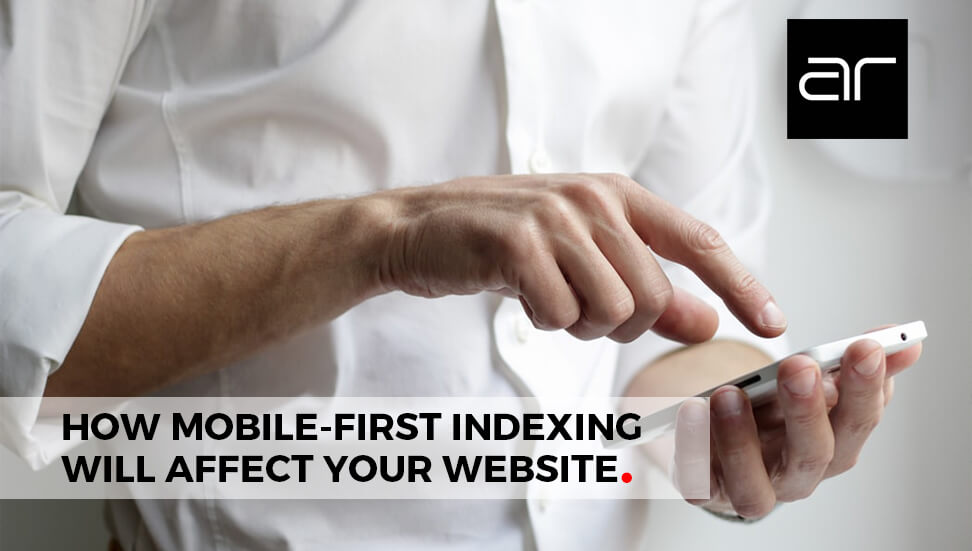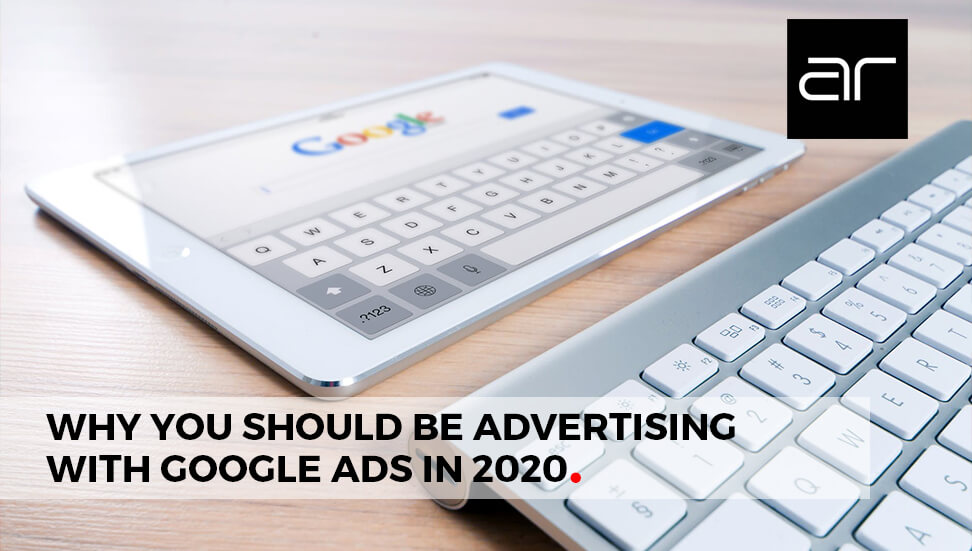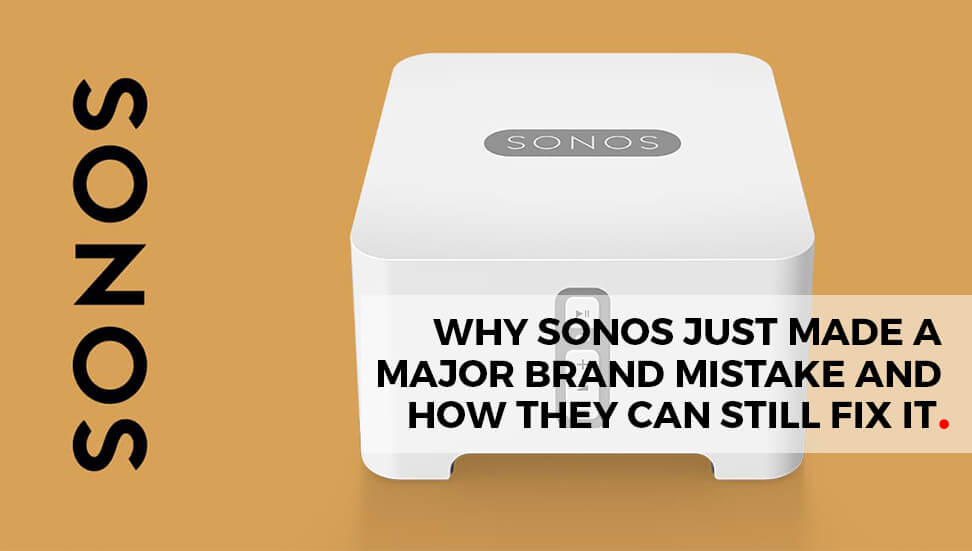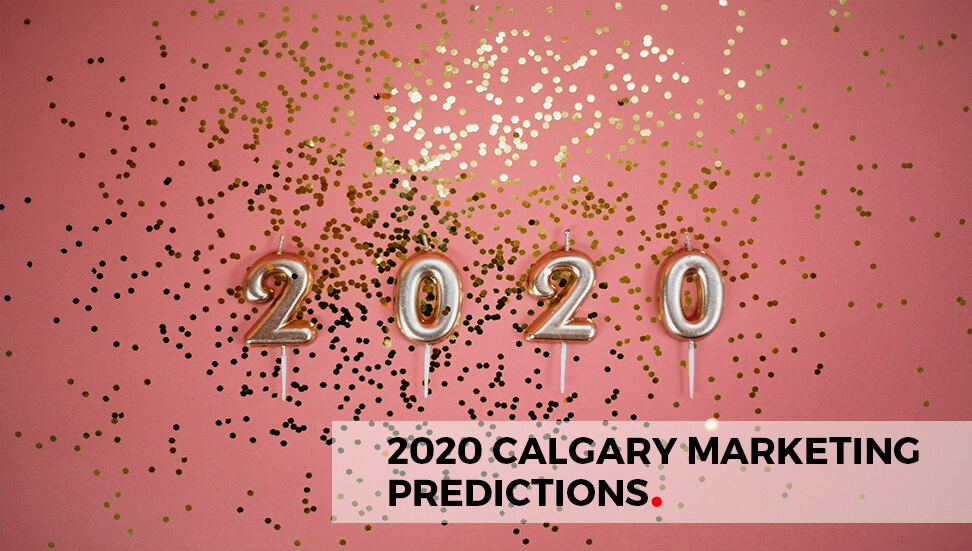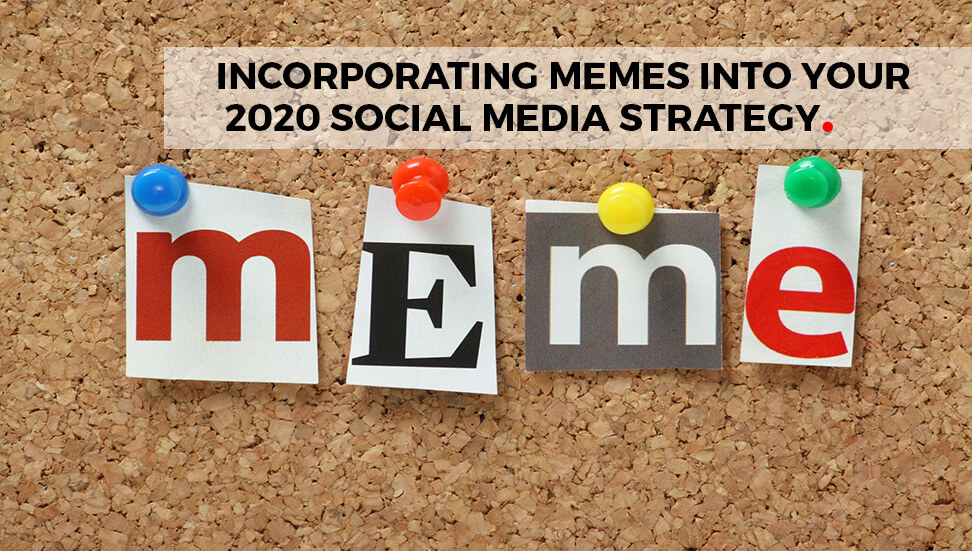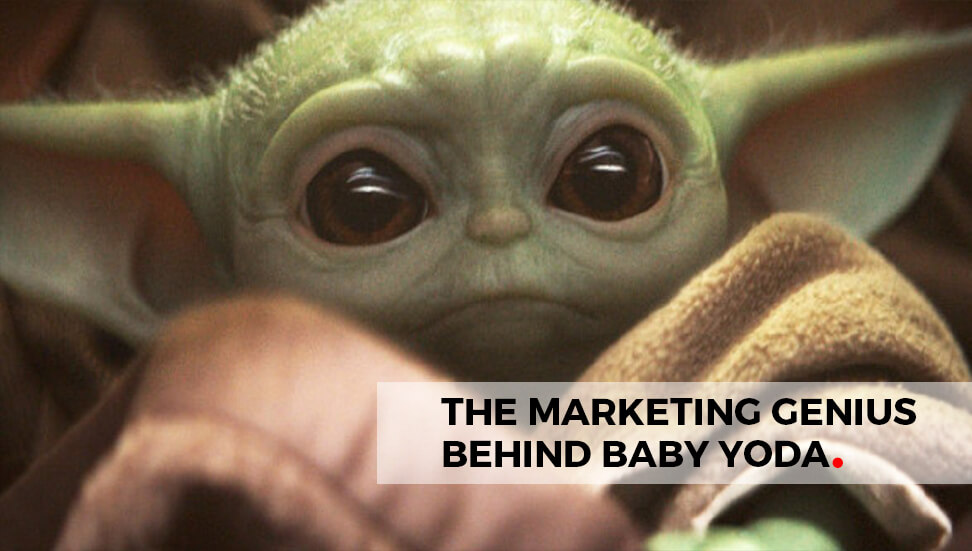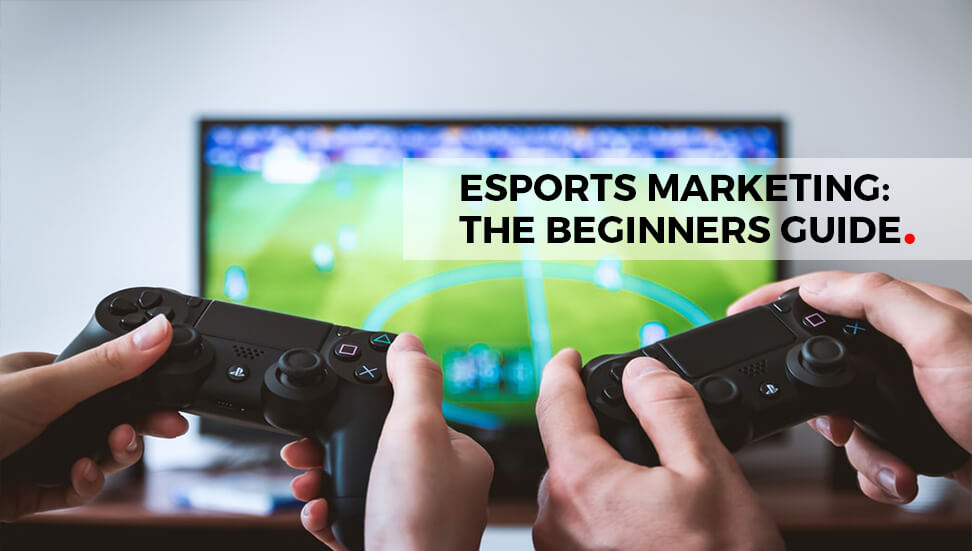It’s no secret that social media serves as a great marketing tool for most businesses. In fact, 80% of companies use it to promote their brand. But it takes more than just having a million followers. If they aren’t purchasing from you, then it’s time to revisit your strategy. Social media KPIs (Key Performance Indicators) are measurable metrics that reveal the performance of a company over time. KPIs give a business valuable insight into the health of the company and how close they are to achieving their goals.
Here are three of the major social media KPIs to monitor closely.
Engagement Rate
Engagement on social media varies based on different platforms. The amount of clicks, likes, shares, comments, mentions, follows and profile visits on your account are vital to understanding how users interact with your brand. Although the engagement rate plays a significant role, it doesn’t paint the entire picture on its own.
Engagement metrics are especially useful when compared to other parameters. The rate of engagement can be calculated by using the total number of interactions, divided by Reach, times one hundred. This KPI serves as a catalyst for the improvement for all the other social media KPIs. It doesn’t matter if you reach millions if they aren’t interested in what you have to offer.
Regardless of how small your audience is, as long as they’re engaged, it will gradually grow and generate more leads.
Reach (Followers, Traffic and Impressions)
This social media key performance indicator is especially important in marketing today – just as it was back then. It shows how far your message is travelling and how many eyes are watching it. Even if you take the time to craft a perfect content, if no one sees it, the whole endeavour wouldn’t matter in the long run. It’s what makes measuring your social media reach crucial.
In some cases, measuring reach could be misleading since it only shows you how many viewers possibly saw your post. Unlike engagement metrics, reach is only an estimate that doesn’t provide definitive answers (like X amount of likes).
There are two metrics to consider – total reach and total impressions. The first one merely shows you how many unique users (in total) viewed your content. Maintaining a broad reach is vital for improving your brand awareness, especially since lots of people might not have heard about it before. Increasing the rate of impressions not only leads to a growing community, but it also improves engagement levels.
Measure Reach by Tracking the following KPIs:
Followers
The overall number of individuals that follow your brand on various social media platforms.
Traffic
If you invest a lot of time and effort into your social media posts, you’ll need to ensure that the right percentage of traffic to your site comes from it. Your numbers need to reflect all your hard work and commitment. Luckily it’s easy to identify the numbers. What you need to do is visit the sources report section to see if a large portion of your traffic is coming from your social media or elsewhere. If the percentage generated from your account is low, you might have to consider a new strategy.
Impressions
This KPI mostly shows how many times your post is featured on someone’s timeline or newsfeed. It could be because they’re already following your brand or that a friend liked or shared your content. High impressions don’t always mean that a user actually viewed your post; it merely means that they had a chance to do so. Regardless, the more impressions, the better.
Sales (Leads, Customers)
It’s relatively easy to get wrapped up in the numbers of likes and shares. While it might feel great to watch your followers enjoying your content, you still need to consider your bottom-line. Ask yourself tough questions like; “How many of my engaged fans are genuinely interested in buying my product?”. This helps keep your ROI in mind. And since your strategy wouldn’t be complete without measuring the number of customers acquired, you need to focus on keeping them engaged and interested enough to buy your product.
And last but not least, remember to not get distracted my metrics, only focus on the KPIs that are more relevant to your brand.


